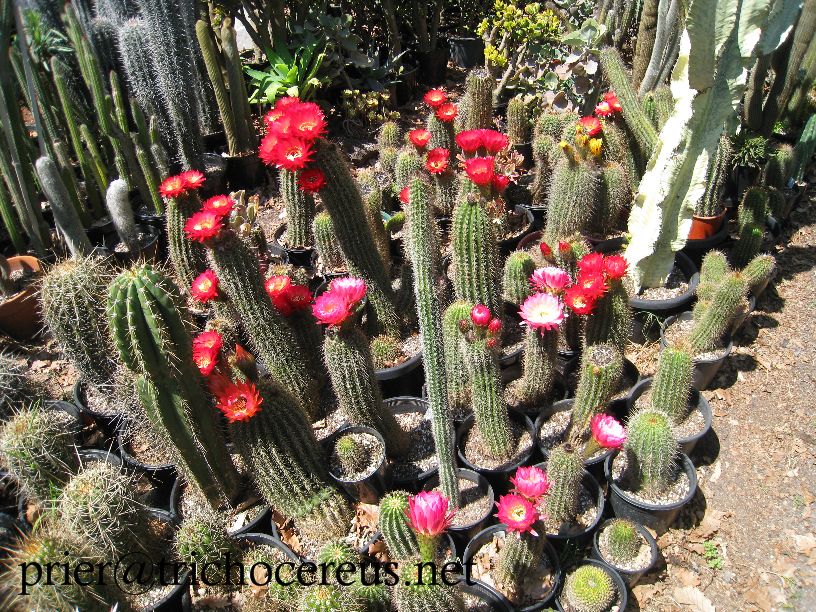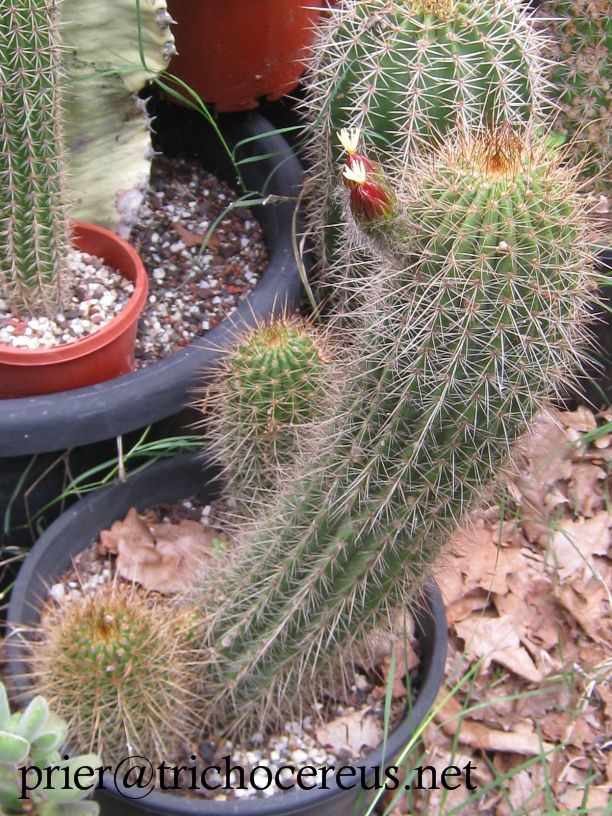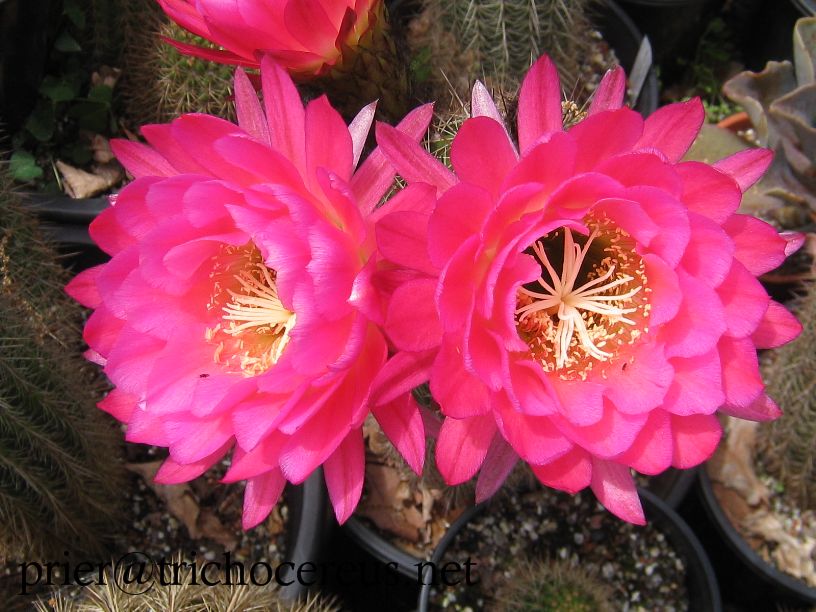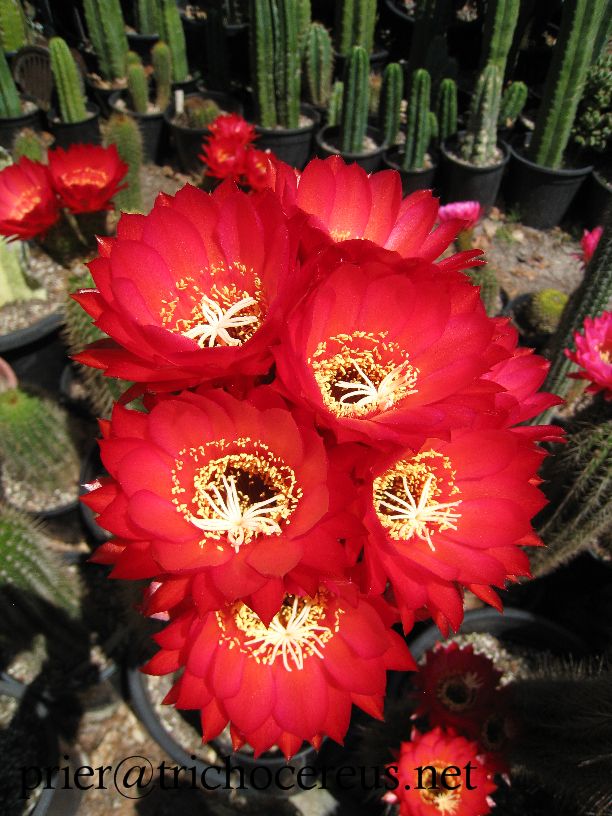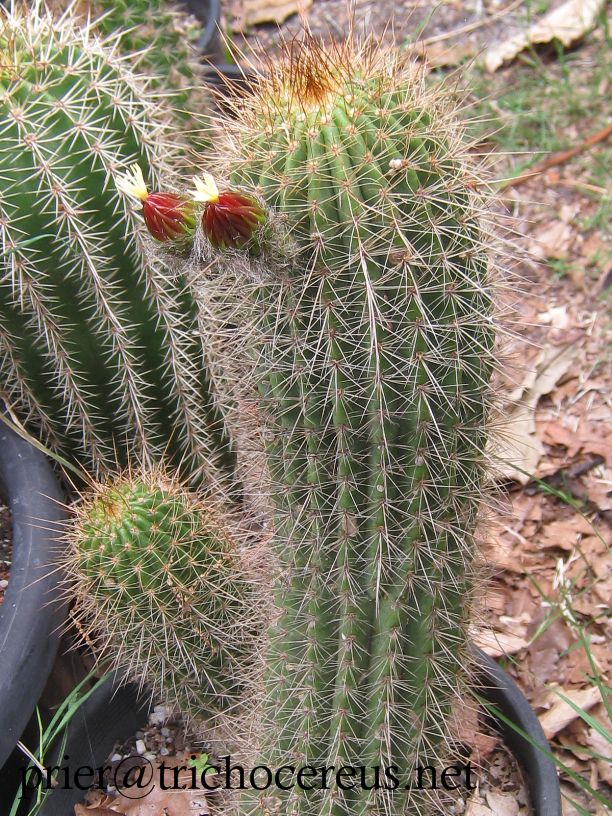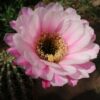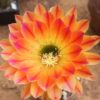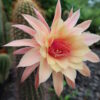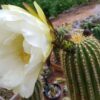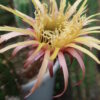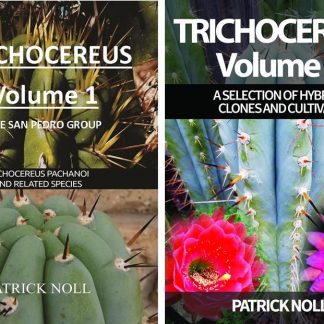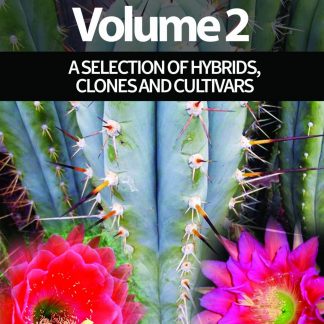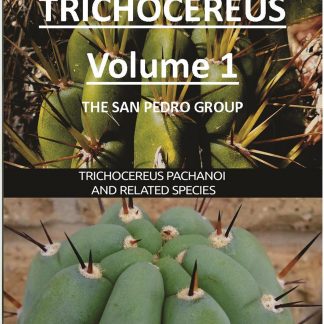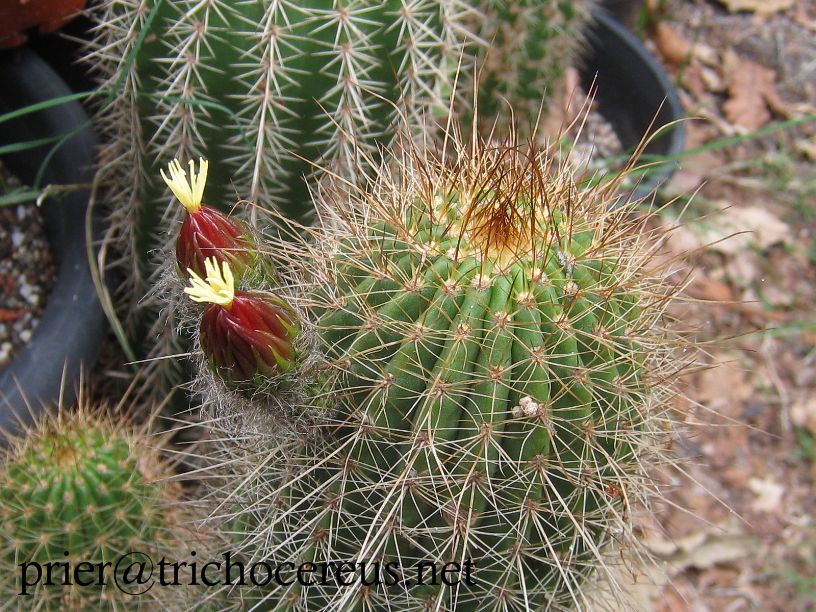
Trichocereus grandiflorus is a cactus from the genus Trichocereus. Its status is highly questionable as a correct species and the opinions are as varied as the names it carried. Joel Lodé has listed Trichocereus grandiflorus as Trichocereus rowleyi right now, while Anderson listed it as a synonym of Echinopsis huascha in his Cactus Lexicon. Please note that some people also refer to this plant as Echinopsis grandiflora, but this name is also used by Echinopsis eyriesii v. grandiflora and the older name has priority.
Synonyms of Trichocereus grandiflorus:
Lobivia grandiflora, Lobivia grandiflorus, Helianthocereus grandiflora, Helianthocereus grandiflorus, Helianthocereus huascha, Trichocereus rowleyi, Echinopsis huascha
Trichocereus grandiflorus was moved around between the genera a lot in the past. It is genetically close to both Lobivia and Soehrensia, which is why it was sometimes included there. Friedrich et al. listed it as Echinopsis grandiflora. Anderson then listed it as a synonym to Echinopsis calochlora in his CACTUS LEXICON. Joel Lodé lists it as Trichocereus rowleyi. Schlumpberger lists it as Soehrensia grandiflora (Schlumpberger).
T.grandiflorus Flower:
The flowers of Trichocereus grandiflorus are often red and/or show various variations of red flowers. There are many hybrids, which is why the flower color is relatively unrelaible. There also are versions of flowers that are white in color and between 15-25 Centimeters in size. The tube is usually very hairy, but there are countless hybrids with all kinds of flower colors available on the open market.
Origin of Trichocereus grandiflorus:
Argentina, especially around Catamarca. The original description refers to a plant from a private collection and it is suspected that Trichocereus grandiflorus is extremely close to Trichocereus huascha and might even be part of this species.
The original description as Lobivia grandiflora came from Britton & Rose. Because of that, the plant was labeled as a Lobivia in most classic cactus literature. In addition, the title “Grandiflorus”, which roughly means “Large Flower” makes a lot of sense because most Lobivias usually have smaller flowers. The large flower size for a Lobivia shows that it is not a very normal Lobivia either. The collector Fric, who labeled it Chamaecereus giganteus (same principle because most Chamaecereus are tiny Lobivia), originally introduced the plant into the market, but since it was so different from Chamaecereus, this did not last long. Backeberg wanted to put it in his own problematic Genus Helianthocereus due to the diurnal flowers, but this flawed system was not adapted. Eventually, the plant ended up in Trichocereus, where it was until the restructuring made by Friedrich et al.
Cultivation of Trichocereus rowleyi (ex GF):
Trichocereus grandiflorus is a very hardy plant that can grow a lot during just one growing season if watered accordingly. The plant is able to tolerate some light frost but I would not recommend trying it out to the limit. I keep them at around 10° Celsius during the wintertime in a bright and well-ventilated room. I do not water them during the wintertime and only start watering again in March.
Buy Trichocereus grandiflorus / Seeds or Plants:
This plant is available every now on then on marketplace sites like Ebay or Amazon. In addition, many growers use it to produce hybrids. The Californian nursery Sacred Succulents has some colored Grandiflora hybrids and they sell seed every now an then. You can also try to make a post at our Trichocereus group at https://facebook.com/groups/trichocereus because there are some growers there who give some away every now and then.
Trichocereus grandiflorus also shows similarities to Trichocereus schickendantzii and some even consider them close relatives. It´s sometimes difficult to keep the two apart and growers or collectors mix them up all the time. The same applies to Trichocereus huascha, which differs from Trichocereus grandiflorus through its spination.
Due to the fact that there are so many misidentified Trichocereus grandiflorus, or plants that are identified as Trichocereus huascha but are actually GF, a large part of the photos that can be seen online show something else. This whole confusion is worst with small and juvenile plants. Trichocereus grandiflorus is MULTI-Ribbed and grows columnar. Its higher rib count and the strange pupping behavior in combination with shorter spines than T. huascha and its typical pupping style at the base make it possible to identify it reliably though. The pups almost look like little balls on the base of the plant while Trichocereus schickendanzii forms large clusters that can get up to 1-2 meters wide. The problem with Trichocereus grandiflorus is that the original description was written after a collection plant, which may or may not have already been a hybrid of Trichocereus huascha.
Before we get to the pics, let me first take the time to say thank you to Prier, who donated those amazing pics. Thanks Prier!
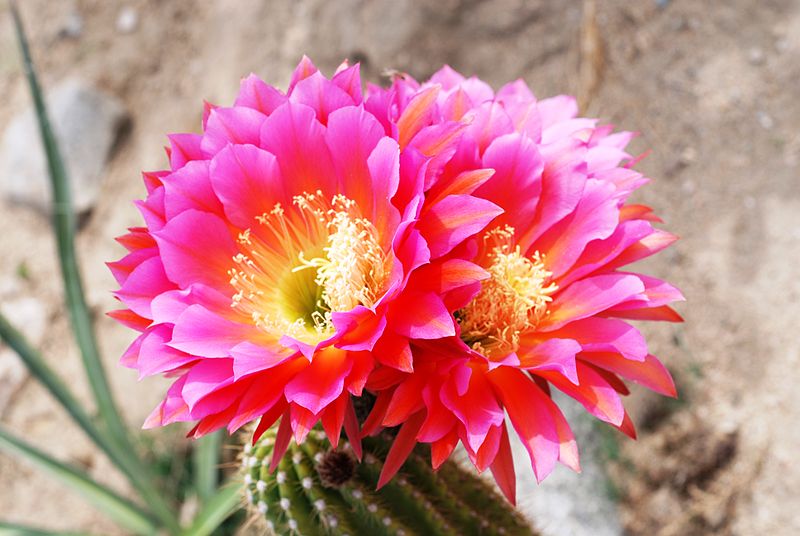
Trichocereus rowleyi hybrid – Photo credit: Jarek Tuszyński
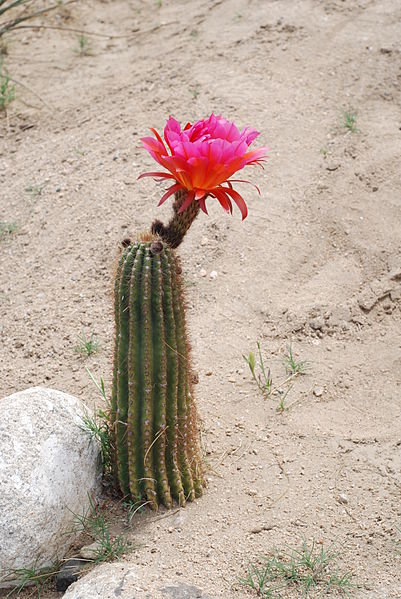
Trichocereus rowleyi hybrid – Photo credit: Jarek Tuszyński
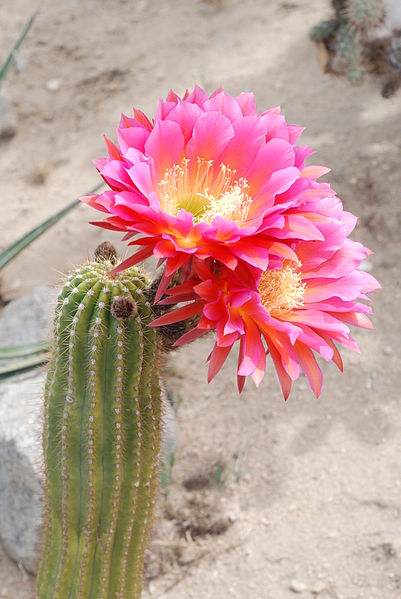
Trichocereus rowleyi hybrid – Photo credit: Jarek Tuszyński
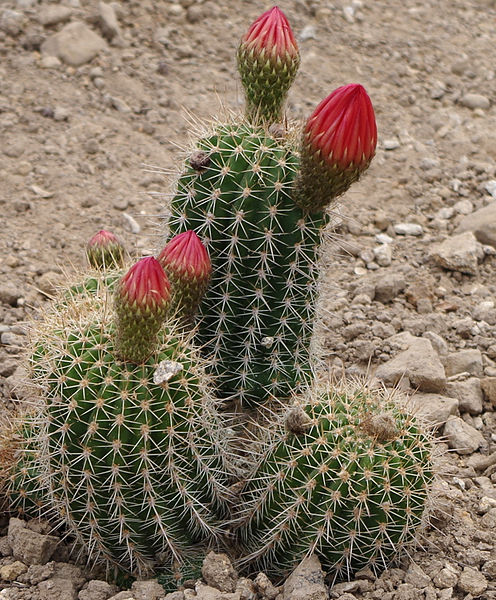
A very typical Trichocereus grandiflorus Photo Credit: Dinkum
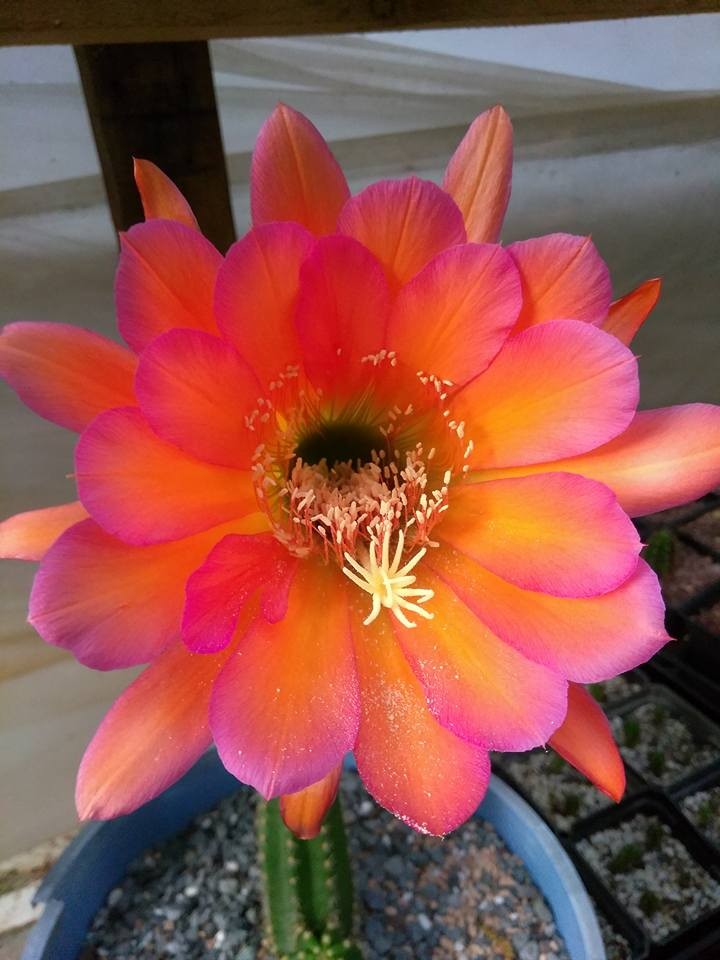
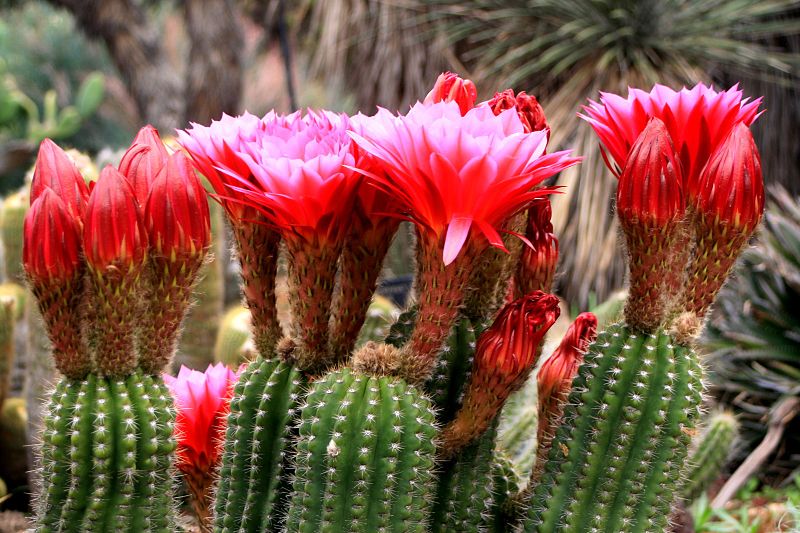
A typical Trichocereus grandiflorus, labeled as Trichocereus huascha (Randy)
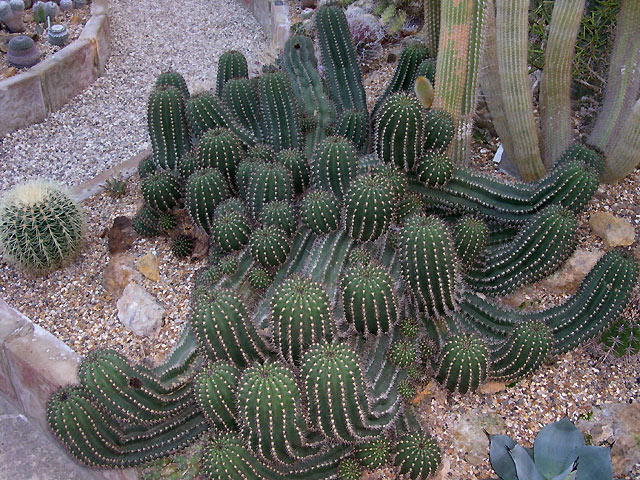
Another typical T. grandiflorus, labeled as T. huascha. Roger Kidd geograph.org.uk ,_Ashington,_
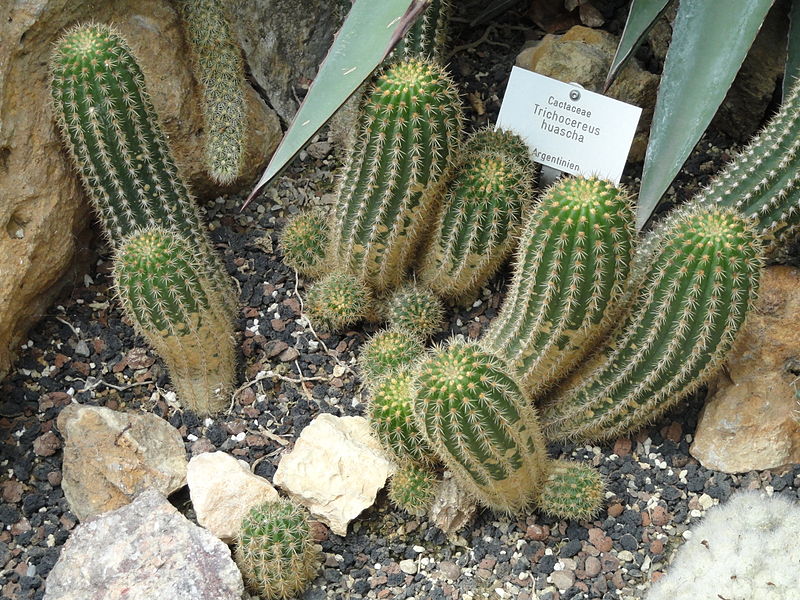
Another typical T. grandiflorus, labeled as T. huascha. by Daderot -_Botanischer_Garten_Freiburg
In comparison to this, here are Trichocereus huascha and Trichocereus schickendantzii:
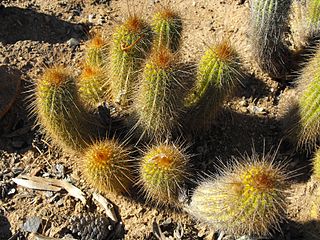

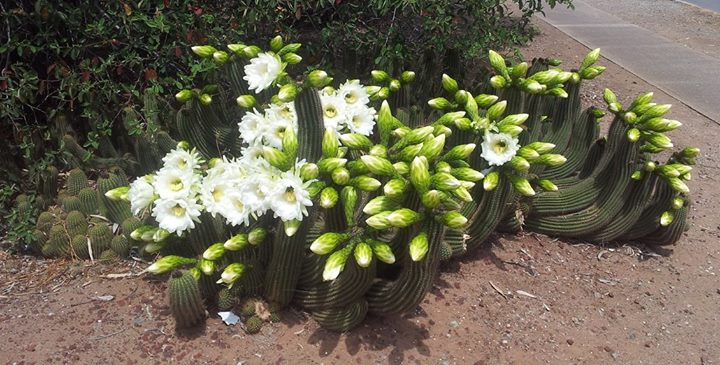
Note the differences in regards to the flower. White versions of Trichocereus grandiflorus are almost always misidentified Trichocereus schickendantzii, Trichocereus shaferi, or true hybrids involving T. huascha or T. grandiflorus that resulted in a white flower.
If you enjoyed this article, show us some love on Facebook, Instagram or join our Trichocereus newsletter.
Check out our main plant database pages for Trichocereus pachanoi aka Echinopsis pachanoi here:
And Trichocereus bridgesii here:
Trichocereus scopulicola
Also check out our Trichocereus Facebook group here:


